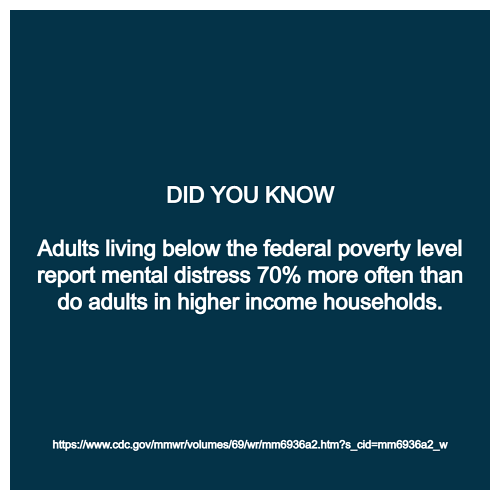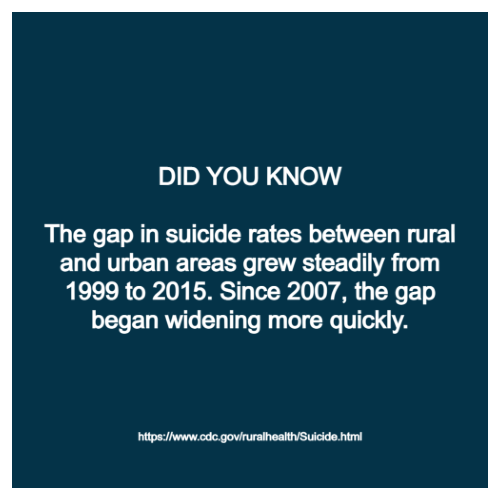
DATA & DEFINITIONS
MOUNTAIN LIFEWORKS believes
meaningful communication must take place before difference making
actions can be undertaken. Data shows depression (a
mental illness) and poverty (a cost-of-living condition) are the two
most common factors cited in over 50% of all suicides. Research
identifies needs and measures results, but data can be interpreted
in different ways. Influences like periods of high inflation and
communities with a higher cost-of-living exacerbate these
challenges. That means the cost-of-living contributes to the
poverty-depression cycle in a community by requiring a greater
median income to afford a basic standard of living.
According to
the CDC almost 26% of Americans (61 million) have at least one
disability. Data
also shows in all 50 states the
poverty rate is higher among families with a member with a
disability than among families without. Disabilities impact
1 in 4 women, 2 in 5 adults 65 and over... that
includes 20.1% or
851,596 adults over 18 in
The definition of disability under
the
SOURCE:
Disability Impacts All of Us Infographic | CDC
SOURCE: Disability & Health U.S. State Profile Data: Colorado | CDC

DEFINING poverty
How Is Poverty Defined? In
the
Relative poverty is present
when household income is lower than median income
Absolute poverty occurs when household income is below a defined level, thereby preventing members of that household from meeting their basic needs: safe drinking water, food, housing, healthcare, education, and so forth.
SOURCE:
USDA ERS - Rural Poverty & Well-Being
SOURCE:

DEFINING the urban-rural gap
The higher cost-of-living, substance abuse rates and isolation in resort communities can trigger the poverty-depression cycle exacerbating mental health conditions and fueling suicide rates. MOUNTAIN LIFEWORKS believes a balanced approach addresses both the root causes and the symptoms of the poverty-depression cycle by complementing existing systems with data centric expertise and solutions. Understanding that rural is defined by population density not geography is critical to addressing the local poverty-depression cycle.
Urban Area Delineation Criteria
The Census Bureau defines urban areas primarily
based on housing unit density measured at the census block-level of
geography. Three housing unit densities are used in the
delineation—425 housing units per square mile (HPSM) to identify the
initial core of urban block agglomerations and the cores of
noncontiguous peripheral urban territory; 200 HPSM to expand the
urban block agglomerations into less dense, but structurally
connected portions of urban areas; and 1,275 HPSM to identify the
presence of higher-density territory representing the urban nucleus.
The term “rural” encompasses all population,
housing, and territory not included within an urban area.
SOURCE: Federal Register: Urban Area Criteria for the 2020 Census-Final Criteria